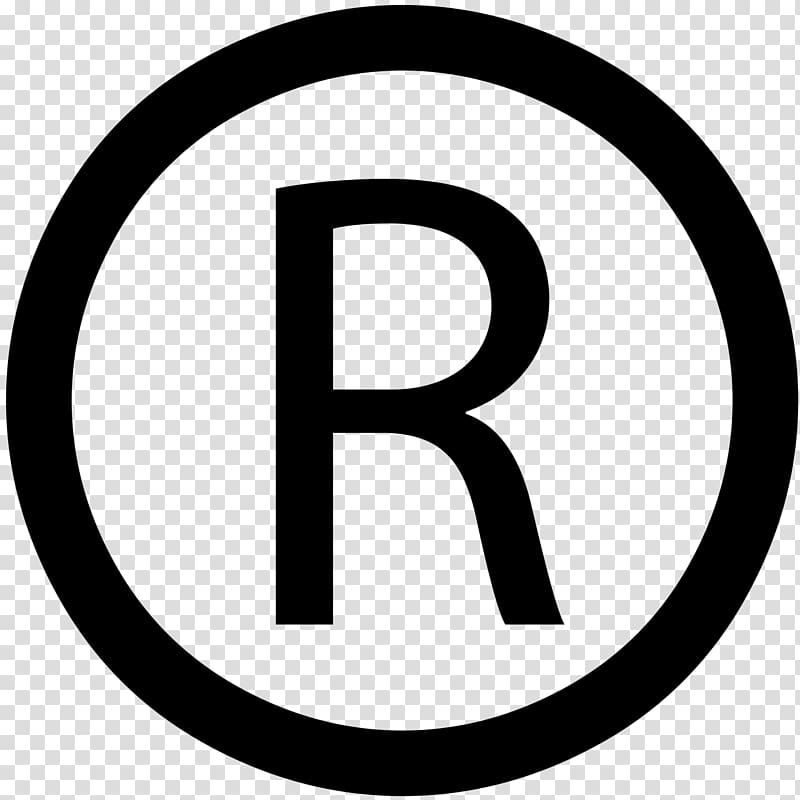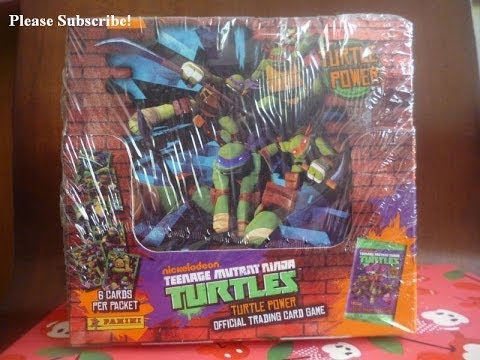22 Abr Process Costing Principles Features Objectives Application
Contents:


On the contrary, process costing provides detailed information about each activity involved in the production process. Since job costing is critically important, you should implement construction accounting softwarethat supports it. You will not have an accurate, robust job-costing system with spreadsheets or standard accounting software. Your risk will also increase because you don’t have a purpose-built tool to manage your costs. But a construction-based software system brings all job-costing functions together, so everything is integrated.
What Is a Sunk Cost—and the Sunk Cost Fallacy? – Investopedia
What Is a Sunk Cost—and the Sunk Cost Fallacy?.
Posted: Tue, 09 Aug 2022 07:00:00 GMT [source]
At the end of the month, $2,000 of materials remained in raw materials inventory. Take your business to the next level with Deltek ComputerEase, the industry-leading job cost accounting software for construction. Process costing for a single product is a method of costing one main product at the end of the process of production. In this case, there are no cases of co-products or by-products. Calculating the unit cost for any work performed during a period is a key part of a production report. The finished material of one process constitutes the raw material of the next.
The equivalent unit is determined separately for direct materials and for conversion costs as part of the computation of the per-unit cost for both material and conversion costs. Job order costing tracks prime costs to assign direct material and direct labor to individual products . Process costing also tracks prime costs to assign direct material and direct labor to each production department . Manufacturing overhead is another cost of production, and it is applied to products or departments based on an appropriate activity base. Summarize the physical flow of units and compute the equivalent units for direct materials, direct labor, and overhead.
Types of process costing
Inventory Accounts Similarities Inventory accounts include raw materials inventory, work-in-process inventory, and finished goods inventory. Differences Process Costing Job Costing Several different work-in-process inventory accounts are used—one for each department . One work-in-process inventory account is used—job cost sheets track costs assigned to each job. Direct materials are materials that are consumed during the manufacture of a product. To determine the cost per unit under process costing, each expense must first be assigned to a process then categorized as a direct materials cost or conversion cost. Once these steps have been completed, the expenses can be divided by total units produced to obtain the cost per unit.
- In the third stage, filled bottles are inspected, labeled, and packaged.
- While the costing systems are different from each other, management uses the information provided to make similar managerial decisions, such as setting the sales price.
- Assume there are no beginning balances in the work-in-process inventory, finished goods inventory, and cost of goods sold accounts.
- Costs in this account are actual costs which may differ from your budget.
- We can allocate using a couple of different methods of allocation.
A single average conversion cost per unit is calculated for each operation, by dividing total conversion costs for that operation by the number of units that pass through it. This average cost is then assigned to each unit passing through the operation. Units that do not pass through an operation are not allocated any costs of that operation.
FIFO Method of Process Costing, Assembly Division of Fenton Watches, Inc., for May 2017.
For example, businesses use relevant costs in management accounting to conclude whether a new decision is economical. The per-unit costs are then split according to the number of units completed & units that are under process. Costs incurred to date $362,880 $541, Divide by equivalent units of work done to date (Solution Exhibit 17-29A) 43, 39, Cost per equivalent unit of work done to date $ 8 $ 13. Compute the cost of goods completed and transferred to the refining department during July and the cost of work in process as of July 31, 2017. Chemical P is introduced at the start of operations in the mixing department, and Chemical P is added when the product is three-fourths completed in the mixing department. The ending work in process in the mixing department is two-thirds complete.
A total of 40,000 units were in beginning WIP inventory. All were completed and transferred out during March. Assembly Department—Month of May The company had 3,000 units in beginning WIP inventory; all were completed and transferred out during May. Products with a cost of $9,100 are completed and transferred from the Packaging department to the finished goods warehouse. In the first stage of production, Coca-Cola mixes direct materials—water, refined sugar, and secret ingredients—to make the liquid for its beverages.
More articles on Product Costing
We will undertake a step-by-step approach to demonstrate how to prepare such accounts starting with simple to complex illustrations. In this article, the focus is on the process costing cases without loss and gains; process costing with normal loss only; process costing with abnormal loss and lastly a case of process costing with abnormal gain. To achieve this goal, each aspect is discussed in a summative manner. To calculate cost per equivalent unit by taking the total costs and divide by the total equivalent units. The concept of equivalent production is also considered under process costing.
Operation https://1investing.in/ measures, in financial terms, how well managers have controlled physical processes. For example, do not overlook the $51,600 in Exhibit 4 – 11. There are two main ways to allocate these service costs to the operating departments to make sure we are including all of the costs when we price our products. Deltek’s dedicated team is committed to providing service excellence and product innovation, adapting to the evolving construction compliance requirements.
Choosing Between Process Costing and Job Order Costing
To undertake the management role of cost control by comparing the cost of one period with the cost of another period to know the operational efficiency or otherwise of the production activities. To ascertain profitability level of every unit of a product produced or manufactured at the end of the period. The finished product of each process is treated as the raw material for the subsequent process.
By-products are two goods of different class or category/class where by one is a main product while the second product is of minor category/class as far as economic value (i.e., monetary value) is concerned. But after split off point, the additional cost may vary resulting to one product having more economic value as compared to the other product. Our mission is to empower readers with the most factual and reliable financial information possible to help them make informed decisions for their individual needs.
What Is A Payroll Report? Definition, Types & Examples – Forbes
What Is A Payroll Report? Definition, Types & Examples.
Posted: Thu, 02 Mar 2023 08:00:00 GMT [source]
17-11 Identify the main difference between how to calculate stockholders equity in process costing and job costing. 17-7 Describe the distinctive characteristic of weighted-average computations in assigning costs to units completed and to units in ending work in process. To accurately track these process costs, an information system that allows your staff to easily record this activity is crucial. Hannah also has to keep her staff accountable for using these systems every day because if they don’t, the company can’t track product costs.
Work in progress is converted into finished products through the cost of equivalent production. The principles of process costing are briefly presented below. Parts as well, such as labor, material and overhead. This gives managers even more control over the manufacturing process.
Process accounts-a case of single product
Also, the HR department provides services to the custodial department, by hiring and training the employees, so some of the HR costs should be allocated to the custodial department. With the FIFO method, we need to adjust the beginning WIP by the amount that was needed to complete yet to get that beginning WIP finished and moved on. The balance in the factory labor account should be zero at the end of each period. Deltek is the leading global provider of software and solutions for project-based businesses. Products that are produced in large volumes lack individuality. The latest industry trends, technology and issues shaping project-based businesses today.

Accurate data is essential for effective process costing. Manufacturing companies should use accurate and timely data, such as production volumes, material costs, labor costs, and overhead costs, to ensure that the cost of production is calculated correctly. While the service industry does not produce physical products, it can use process costing to calculate the cost of services. Service providers can break down the production process into individual steps and assign costs to each step to calculate the service cost. Since there are eight slices per pizza, the leftover pizza would be considered two full equivalent units of pizzas.
- DisadvantagesLess accuracyProcess Costing will allocate same overhead cost to all product, which will result in less accurate and it will impact to product cost and selling price as well.
- Job costing is less complex and easier to use compared to process costing.
- Consistency in the cost accounting process is vital for ethical considerations.
- Both process costing and job order costing maintain the costs of direct material, direct labor, and manufacturing overhead.
- 400 units were completed and 200 units remained in ending inventory, again for a total of 600 units.
- Use four steps to assign costs to products using the weighted average method.
Equivalent units represent the amount of unfinished goods left in a process at the end of an accounting period. This calculation may only be a best guess or an estimate by management accountants. This information is reported as the work-in-process on a company’s balance sheet. Inaccurate work-in-process accounts may also result in distorted finished good totals.

The total cost of production is then divided by the total number of units produced to determine the cost per unit. The cost per equivalent unit is calculated for direct materials, direct labor, and overhead. Simply divide total costs to be accounted for by total equivalent units accounted for. Recall the three components of product costs—direct materials, direct labor, and manufacturing overhead. Assigning these product costs to individual products remains an important goal for process costing, just as with job costing. However, instead of assigning product costs to individual jobs , process costing assigns these costs to departments .
This version assumes that all costs, whether from a preceding period or the current one, are lumped together and assigned to produced units. Under process costing, the procedure used to manufacture a product is divided into well-defined processes. A separate account is opened for each process to which all incurred costs are charged. Profit and loss are calculated after considering the opening and closing balances of finished stock. Process accounts are helpful for the valuation of raw materials, work-in-progress, and finished goods. There is an indispensable loss in the production process (“normal loss”).

